| Recent Featured Videos and Articles | Eastern “Orthodoxy” Refuted | How To Avoid Sin | The Antichrist Identified! | What Fake Christians Get Wrong About Ephesians | Why So Many Can't Believe | “Magicians” Prove A Spiritual World Exists | Amazing Evidence For God | News Links |
| Vatican II “Catholic” Church Exposed | Steps To Convert | Outside The Church There Is No Salvation | E-Exchanges | The Holy Rosary | Padre Pio | Traditional Catholic Issues And Groups | Help Save Souls: Donate |  |
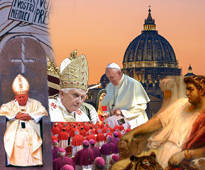

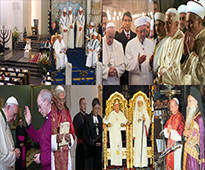
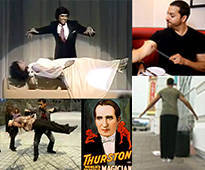
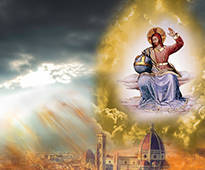

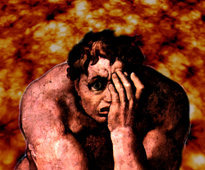
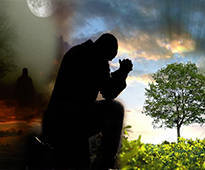

 " />
" />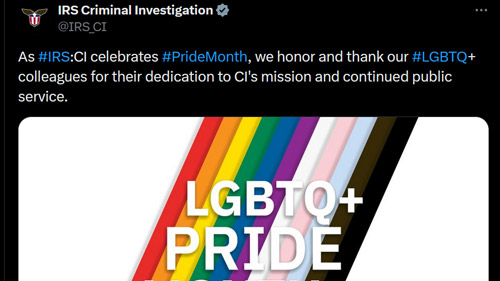 " />
" /> " />
" />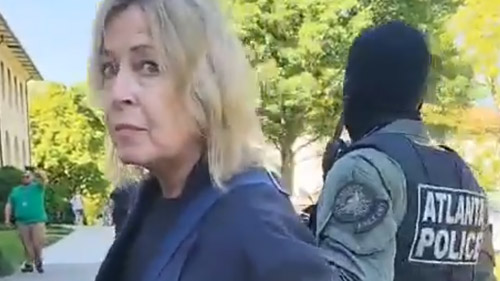 " />
" />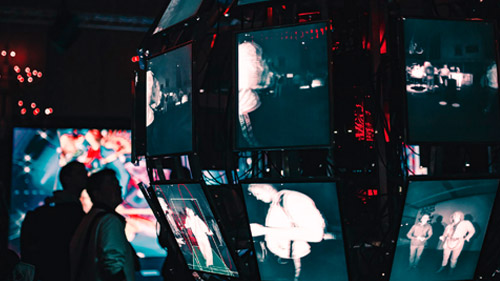 " />
" />




The New Rite of Consecration of Bishops
VIDEO: Why the New Mass and New Rite of Ordination are Invalid - [38 min.]
VIDEO: More Information on the New Rite of Ordination - [17 min.]
Paul VI also changed the rite for consecrating bishops. This is very significant because groups such as the Fraternity of St. Peter and the Institute of Christ the King (indult groups who offer the traditional Latin Mass) ordain their men in the Traditional Rite of Ordination, but have the ordinations done by “bishops” who were made “bishops” in the New Rite of Episcopal Consecration.
This issue is also significant because Benedict XVI, the man who currently purports to be the Bishop of Rome, was “consecrated” in this New Rite of Episcopal Consecration on May 28, 1977.[1] If he is not a validly consecrated bishop, he cannot be the Bishop of Rome.
In Sacramentum Ordinis, Nov. 30, 1947, Pope Pius XII declared what is the essential form for the Consecration of Bishops:
TRADITIONAL FORM FOR CONSECRATION OF BISHOPS
With its mention of “the fullness of Thy ministry… raiment of all glory” this traditional form unequivocally signifies the power of the episcopacy, which is the “fullness of the priesthood.” Paul VI’s new form in the 1968 rite is given below. The two forms only have one thing in common, the single word “et,” which means “and.”
PAUL VI’S NEW FORM FOR CONSECRATION OF BISHOPS
This new form does not unequivocally signify the power of the episcopacy. The phrase “governing Spirit” is used to refer to many things in scripture or tradition (e.g. Psalm 50:14), but it doesn’t unequivocally signify the powers of the episcopacy. Therefore, the new form is of gravely doubtful validity.
In addition to the devastating change to the essential form, many other things have been deleted. In fact, there is not one unambiguous statement about the intended sacramental effect of Episcopal Consecration that can be found. In the Traditional Rite of Consecration, the consecrator instructs the bishop elect in the following terms:
This has been abolished.
This has been abolished.
This has been abolished. The deletion of this requirement to anathematize heresy is significant, for this is indeed one of the functions of a bishop.
In the Traditional Rite, after the consecratory prayer, the functions of a bishop are once again specified in these words:
This entire prayer has been abolished in the New Rite.
Conclusion: Paul VI’s New Rite of Episcopal Consecration has a radically different form from what Pius XII declared was necessary for validity. The new form does not unequivocally signify the powers of the episcopacy. The New Rite of Episcopal Consecration cannot be considered valid, since doubtful matter or form is considered invalid.
All “priests” ordained by “bishops” consecrated in this rite, even if the Traditional Rite of Ordination was used, such as with most of the Fraternity of St. Peter priests, Institute of Christ the King priests, etc. cannot be considered valid priests. Their “Masses” must be avoided.
[1] Biography of Benedict XVI, Vatican website: www.vatican.va
[2] Denzinger, The Sources of Catholic Dogma, B. Herder Book. Co., Thirtieth Edition, 1957, no. 2301.
[3] The Rites of the Catholic Church, Collegeville, MN: The Liturgical Press, 1991, Vol. 2, p. 73.
Sign up for our free e-mail list to see future vaticancatholic.com videos and articles.
Recent Content
^